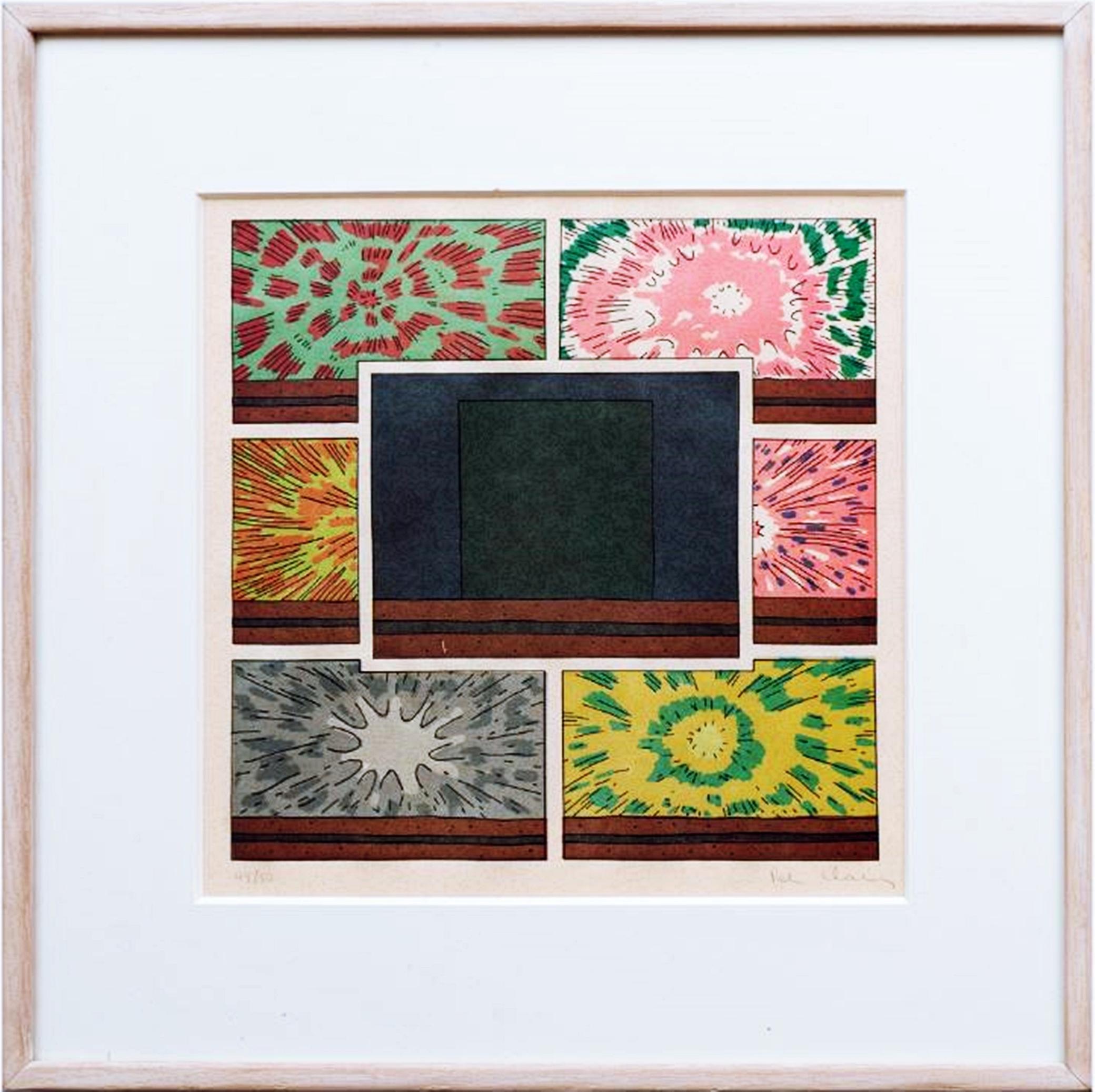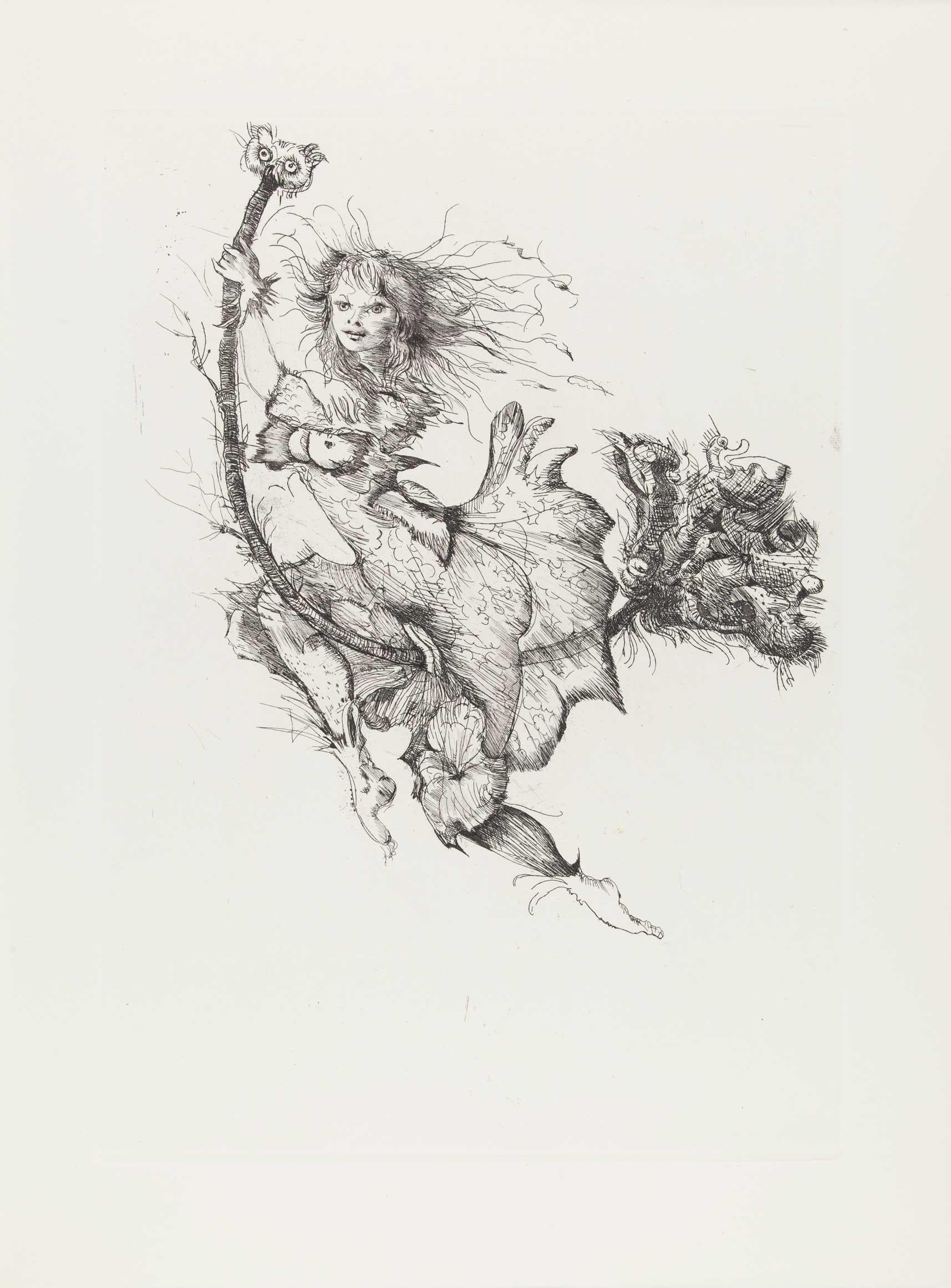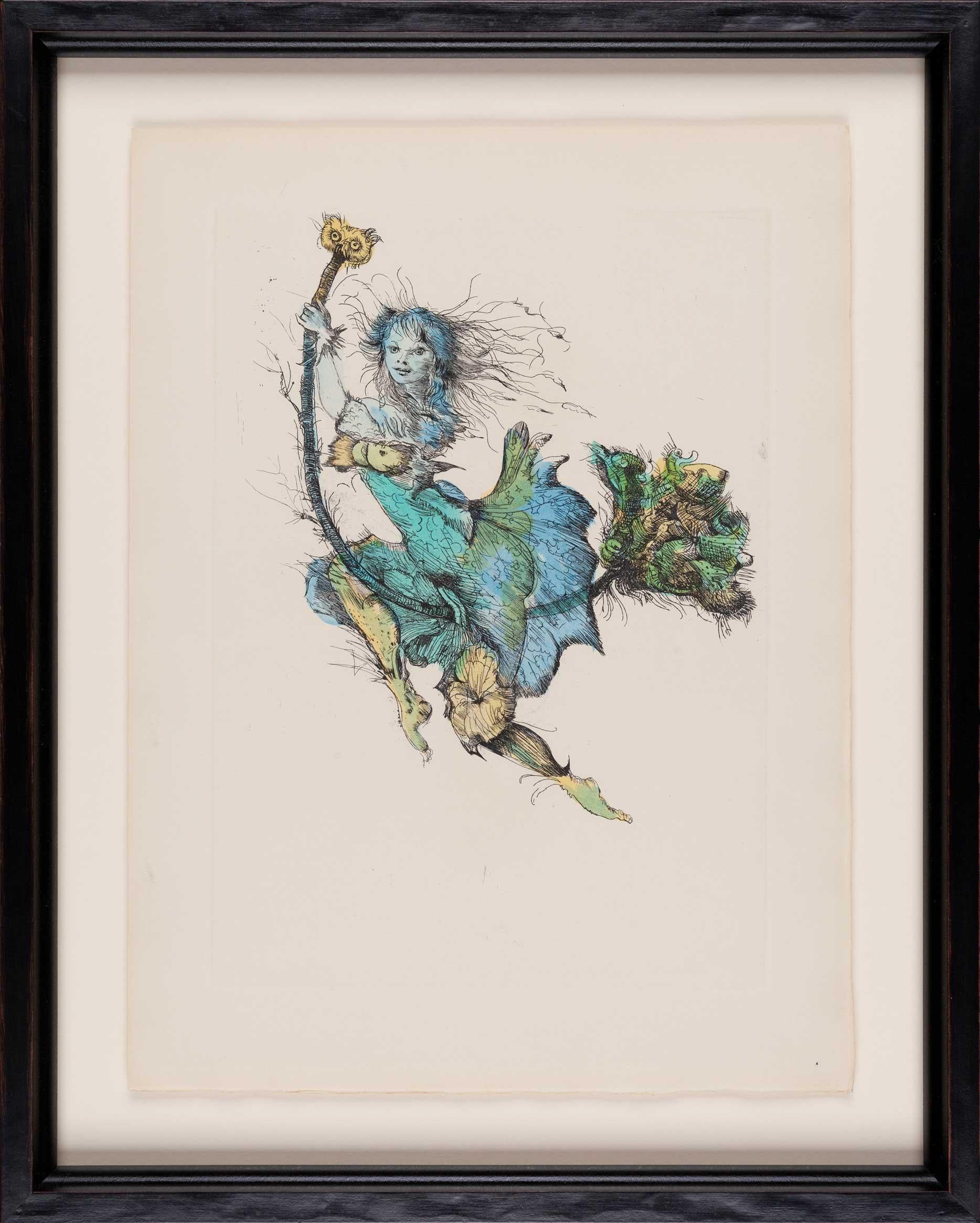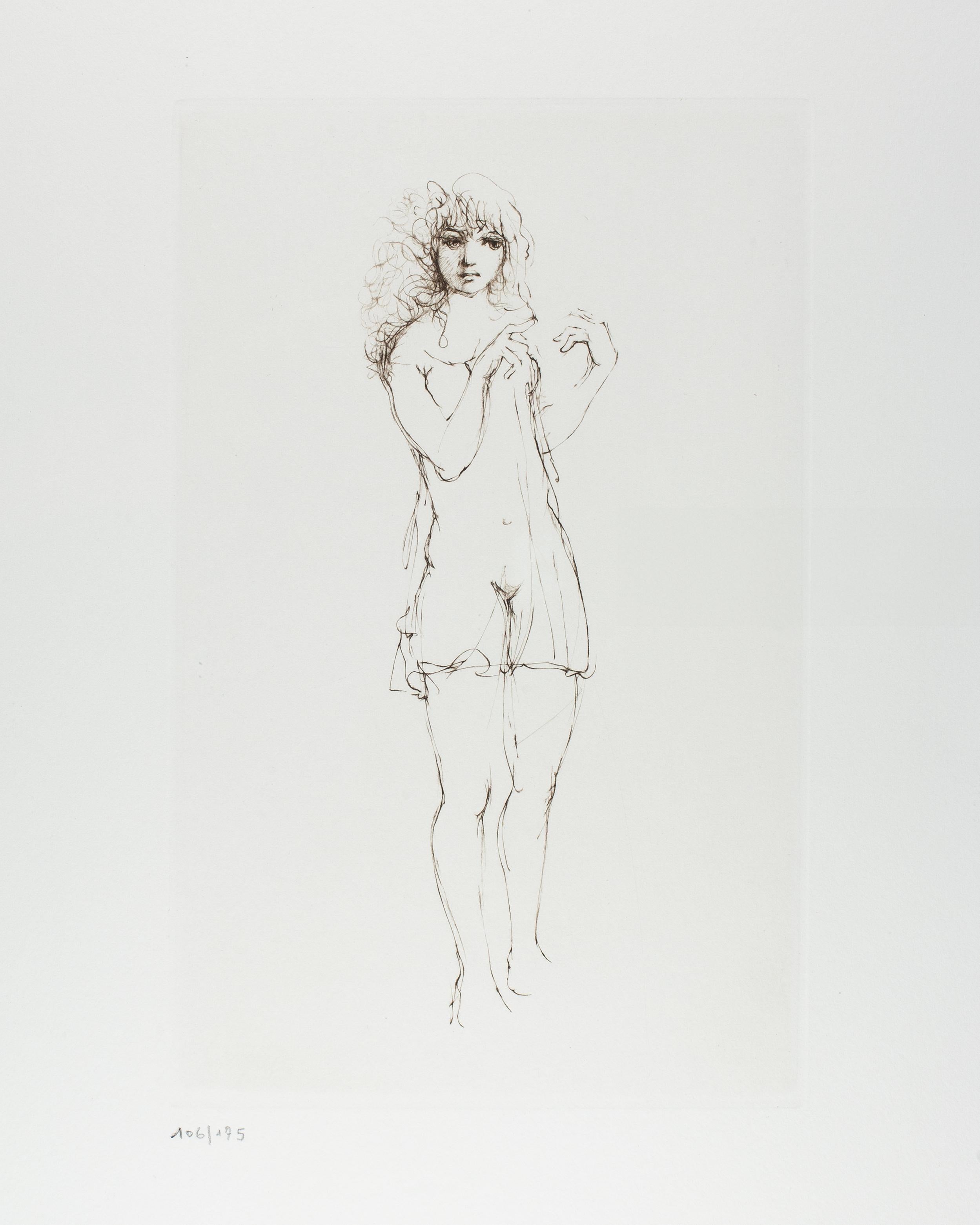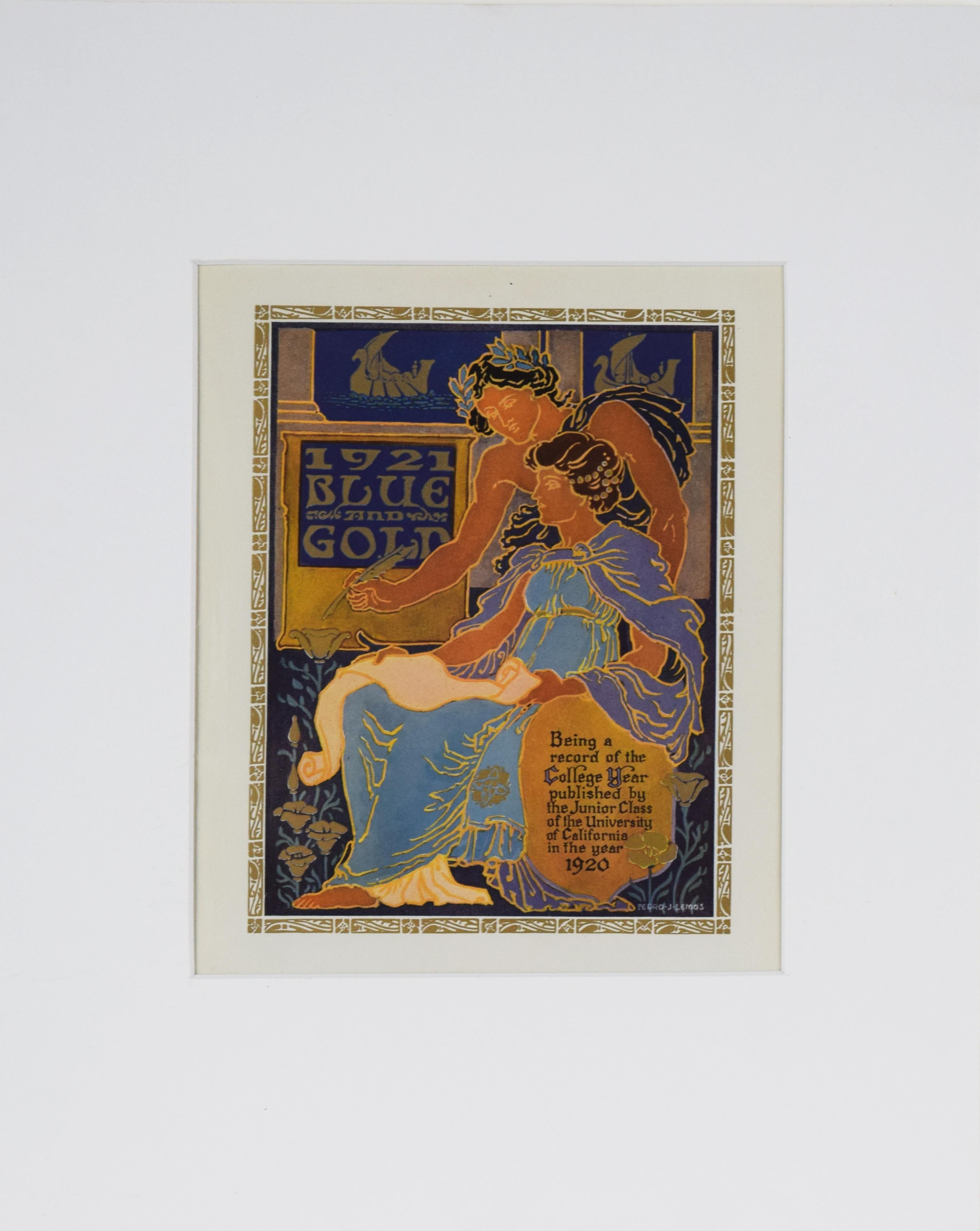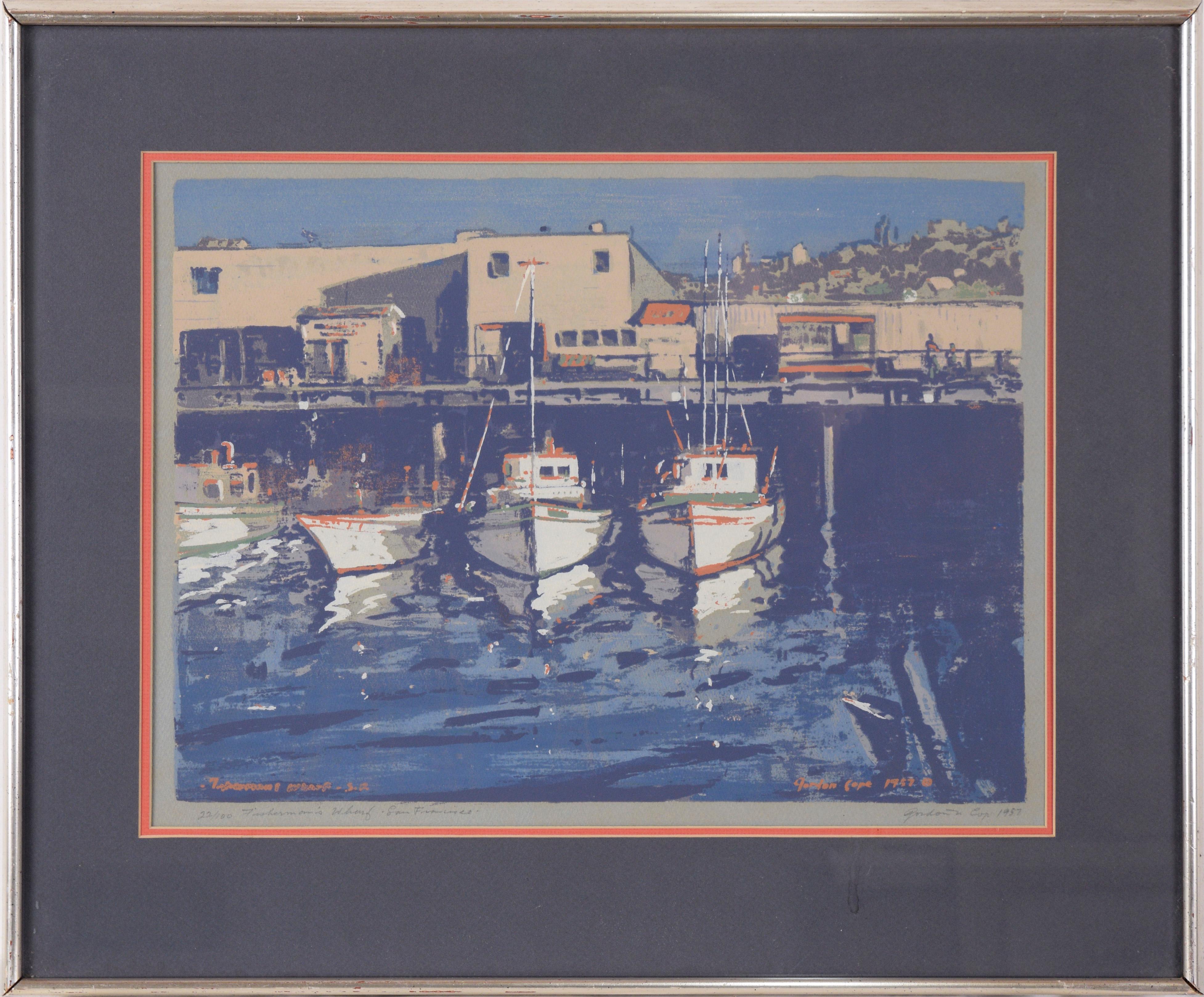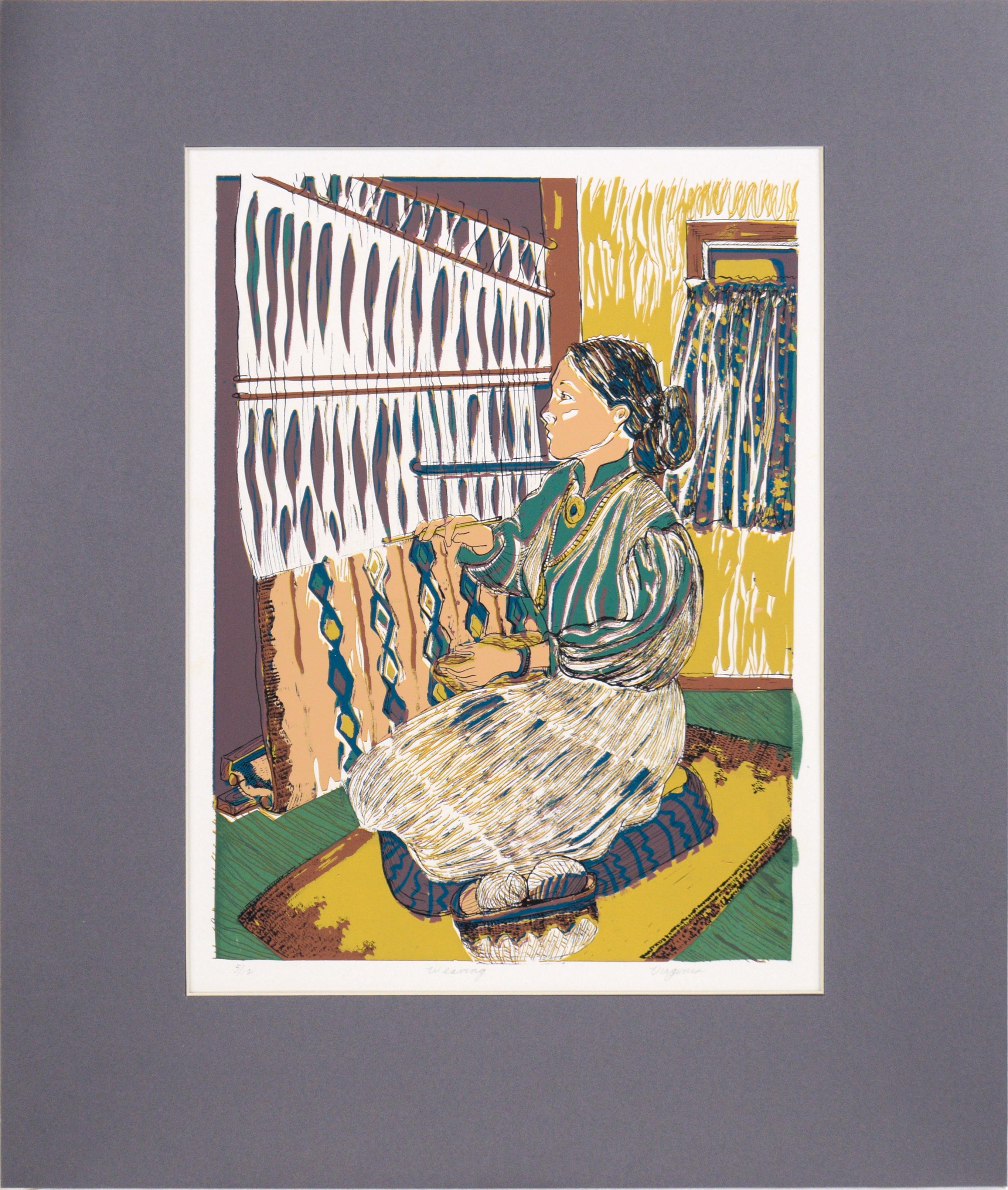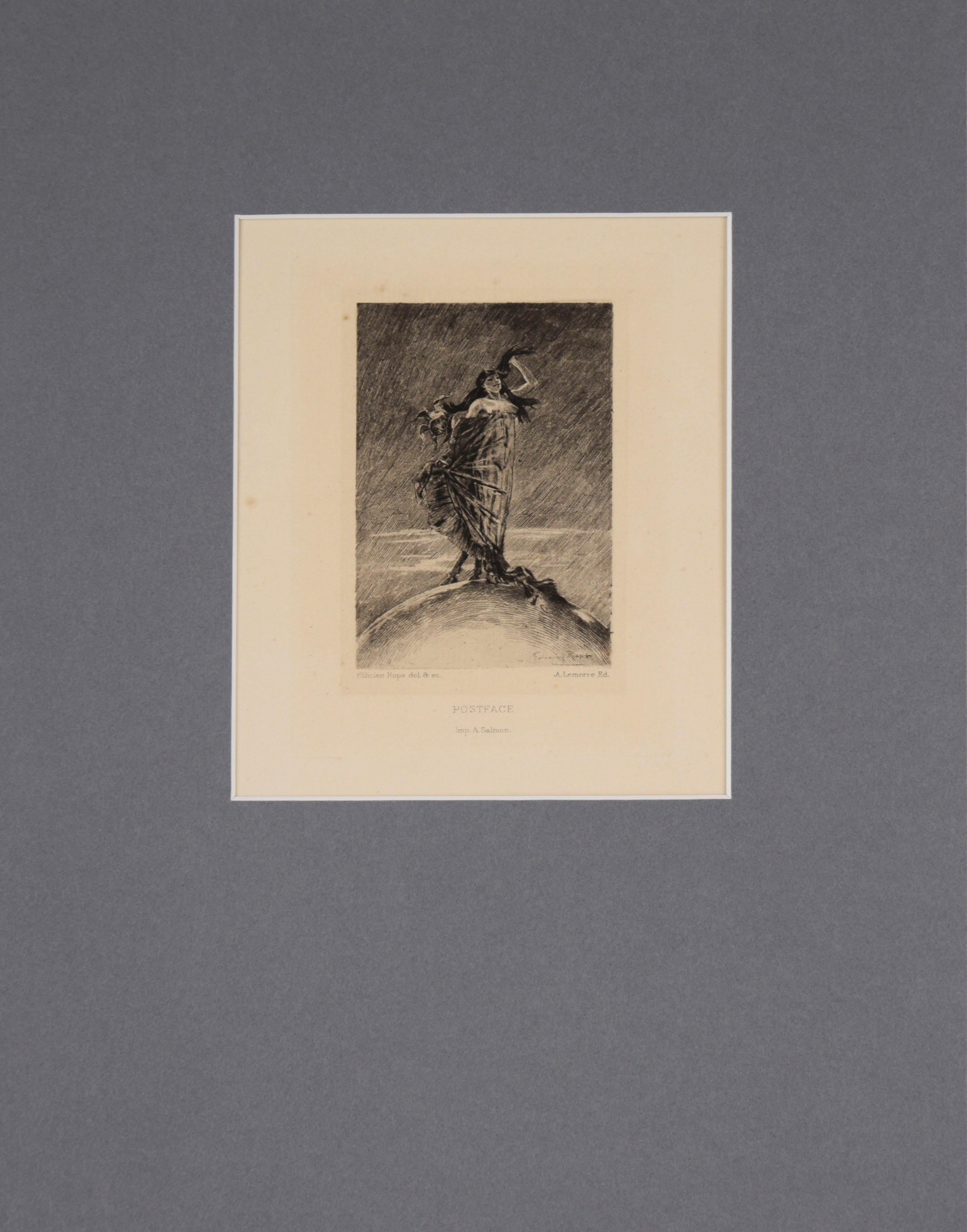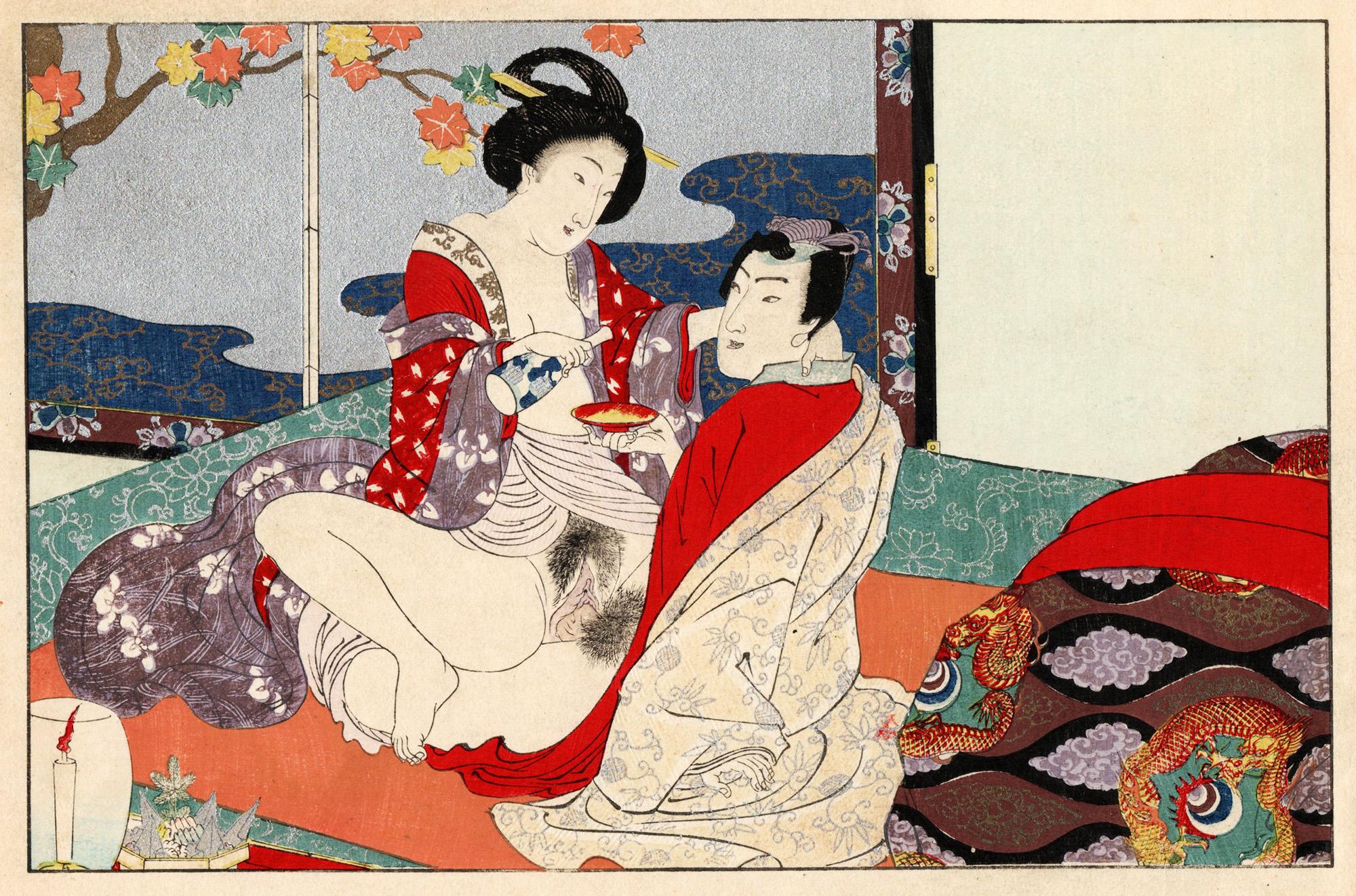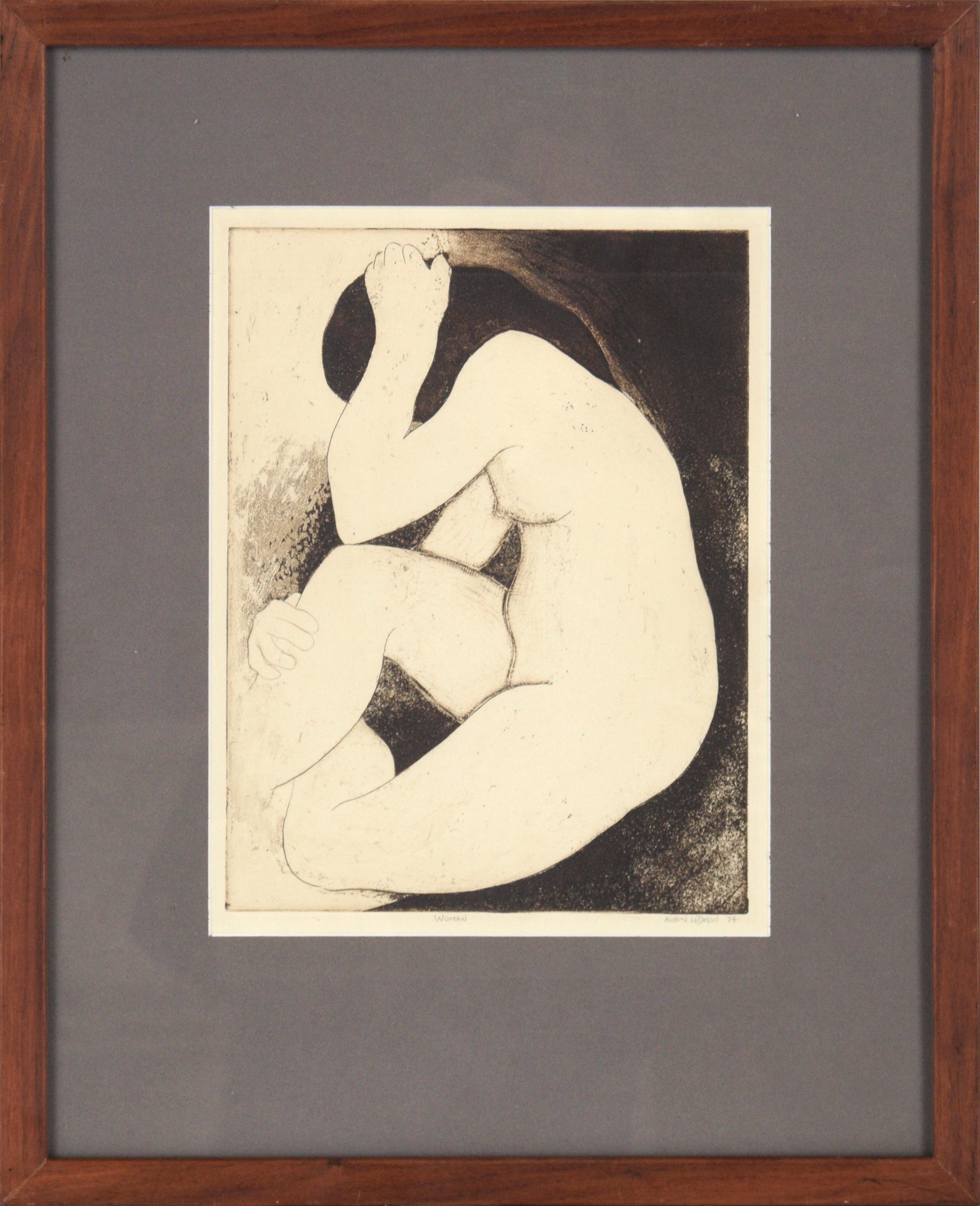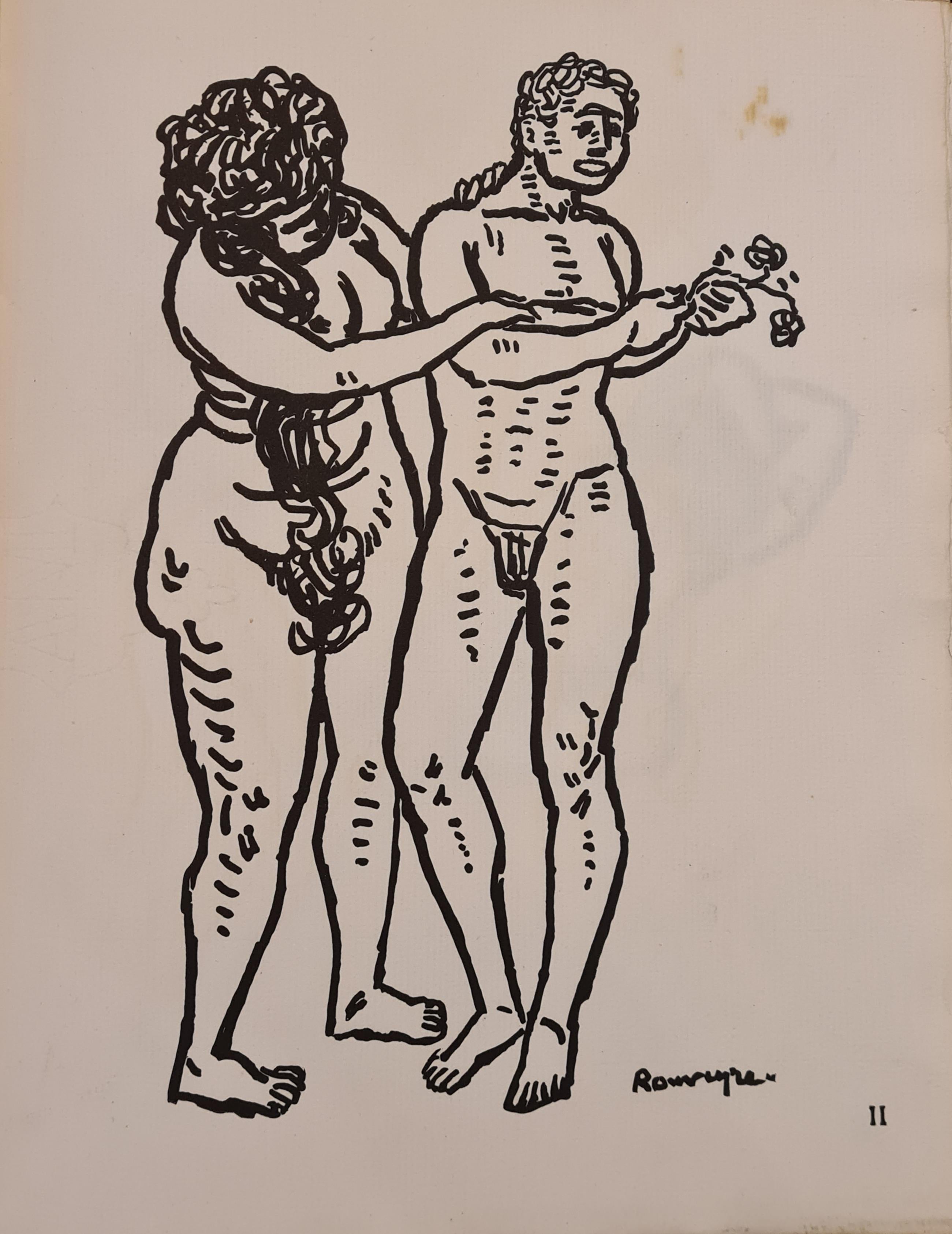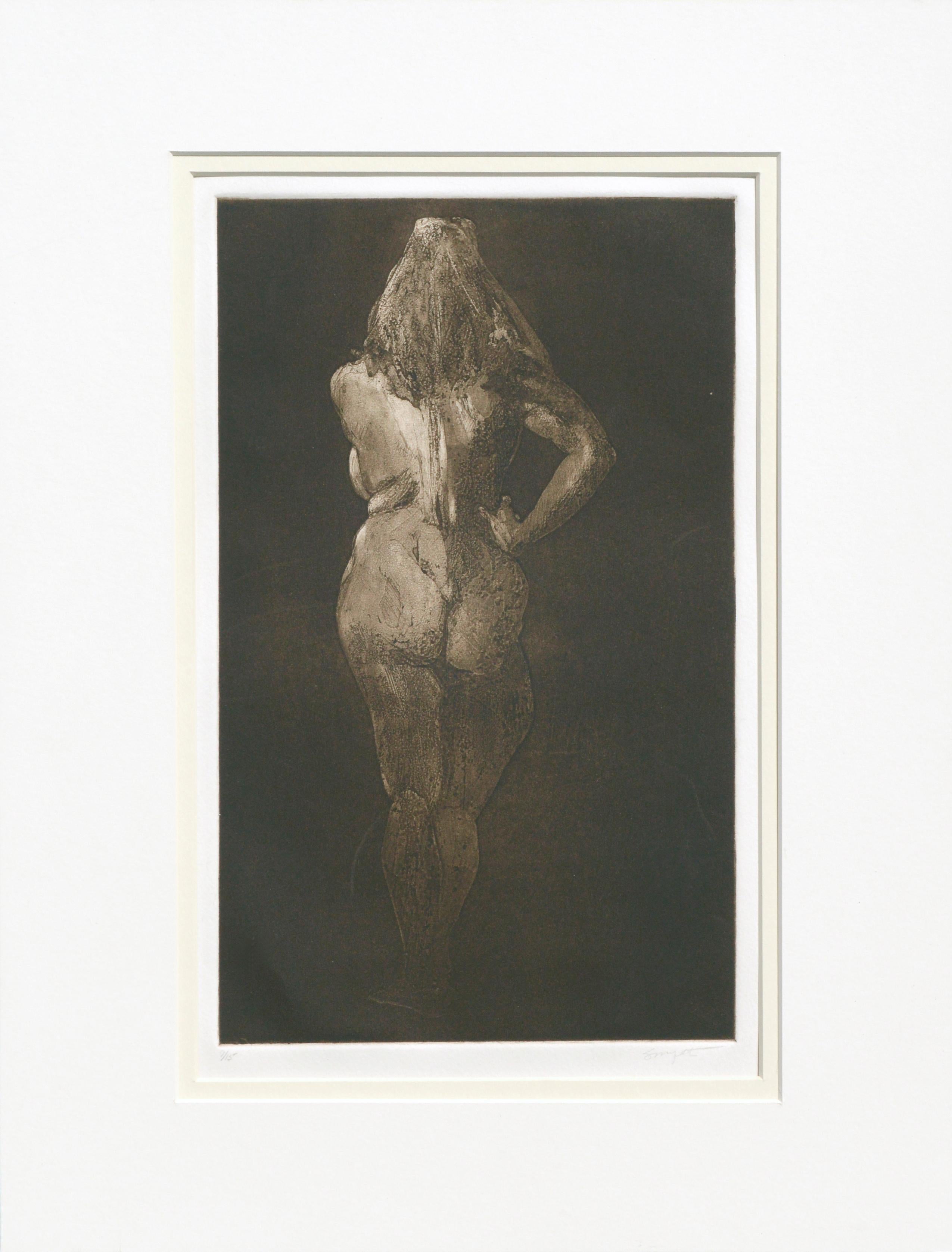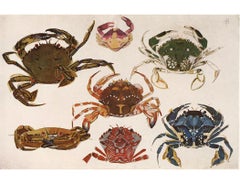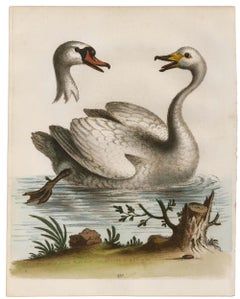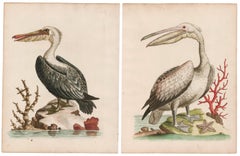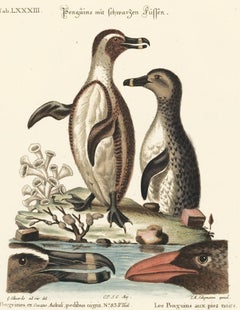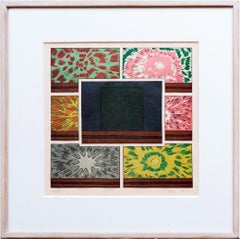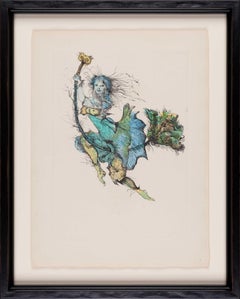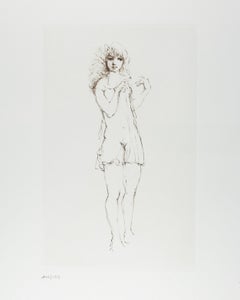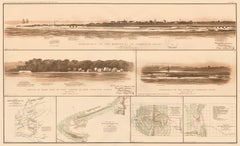
Civil War Map with Views from Fort Sumter and Charleston Harbor
View Similar Items
Want more images or videos?
Request additional images or videos from the seller
1 of 5
UnknownCivil War Map with Views from Fort Sumter and Charleston Harbor1891
1891
About the Item
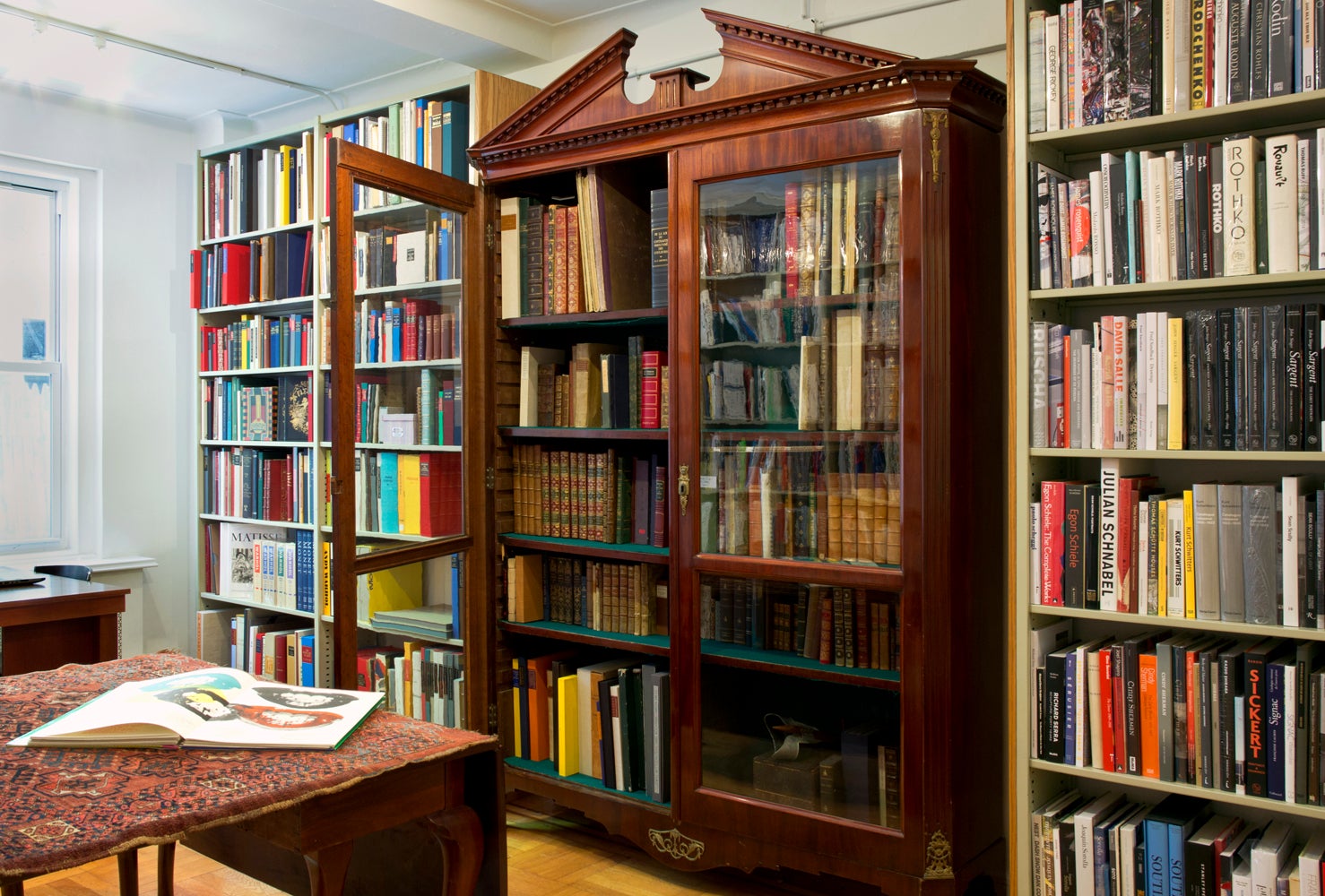
About the Seller
4.9
Recognized Seller
These prestigious sellers are industry leaders and represent the highest echelon for item quality and design.
Gold Seller
Premium sellers maintaining a 4.3+ rating and 24-hour response times
Established in 1972
1stDibs seller since 2016
184 sales on 1stDibs
Typical response time: 1 hour
Associations
International Fine Print Dealers Association
Authenticity Guarantee
In the unlikely event there’s an issue with an item’s authenticity, contact us within 1 year for a full refund. DetailsMoney-Back Guarantee
If your item is not as described, is damaged in transit, or does not arrive, contact us within 7 days for a full refund. Details24-Hour Cancellation
You have a 24-hour grace period in which to reconsider your purchase, with no questions asked.Vetted Professional Sellers
Our world-class sellers must adhere to strict standards for service and quality, maintaining the integrity of our listings.Price-Match Guarantee
If you find that a seller listed the same item for a lower price elsewhere, we’ll match it.Trusted Global Delivery
Our best-in-class carrier network provides specialized shipping options worldwide, including custom delivery.More From This Seller
View AllCrab Print
By Mathurin Meheut
Located in New York, NY
Plate number 6, Etrille, Ebalia, Portune, from "Étude de la Mer" by Mathurin Meheut. Heliochrome print. Paris, Éditions Albert Levy, 1924.
Category
1920s Prints and Multiples
Materials
Paper
$400
Hand-Colored Swan Engraving
By George Edwards
Located in New York, NY
"The Wild Swan" by George Edwards from "A Natural History of Birds, Most of which have not been figured or described and others very little known..." published in London between 174...
Category
1740s Animal Prints
Materials
Paper
Pair of Hand-Colored Pelican Engravings
By George Edwards
Located in New York, NY
The Merican Pelican and The Pelican from George Edwards "A Natural History of Birds, Most of which have not been figured or described and others very little known..." published in Lo...
Category
1740s Animal Prints
Materials
Paper
Hand-Colored Penguin Engraving
By George Edwards
Located in New York, NY
Original engraving, hand-colored at the time of publication, after the work of George Edwards from "Sammlung verschneider auslandischer und seltener Vogel" by Johann Michael Seligma...
Category
Mid-18th Century Animal Prints
Materials
Laid Paper
Charles Lindbergh Over Paris
By Frank Lemon
Located in New York, NY
Lemon, Frank.
Flights: Unforgettable Exploits of the Air.
This plate: With one beat of his wing, Charles Lindbergh goes to Paris! 1927.
Wright Aeron...
Category
1920s Landscape Prints
Materials
Paper
Portrait of a Woman
Located in New York, NY
Sadatora, Utagawa (active 1818-1844).
[Portrait of woman].
Japan, ca. 1825.
Original woodblock print.
Category
1820s Portrait Prints
Materials
Paper
You May Also Like
Cell with Explosions I, Line Engraving on Japanese Kozo paper, signed/N, Framed
By Peter Halley
Located in New York, NY
Peter Halley
Cell with Explosions I, 1993
Line Engraving on Japanese Wahon Creme Kozo Paper with glazed surface
Hand signed and numbered 49/50 by the artist on lower front
Original frame included: matted and framed in a wood frame
Rarely to market, this hand signed and numbered 1993 Peter Halley print is held in its original 1990s vintage frame. It's on elegant Japanese Wahon cream paper which is 100% Kozo paper with glazed surface. The specs on the paper are part of the design process.
Measurements:
Frame: 19 x 19 x 1 inches
Visible: 12 1/4 x 12 1/4 inches
Sheet: 15 7/8 x 15 1/4 inches
Peter Halley Biography
Peter Halley was born in 1953 in New York. He began his formal training at Phillips Academy in Andover, Massachusetts, from which he graduated in 1971. During that time, Halley read Josef Albers’s Interaction of Color (1981), which would influence him throughout his career. From 1973 to 1974 Halley lived in New Orleans, where he absorbed the vibrant cultural influences of the city, began using commercial materials in his art, and first became acquainted with the writings of earthwork artist Robert Smithson. In 1975 the artist graduated from Yale University, New Haven, with a degree in art history. After Yale, Halley returned to New Orleans, where he received an MFA in painting from the University of New Orleans in 1978. He had his first solo exhibition at the Contemporary Art Center, New Orleans, that same year.
In 1978 Halley spent a semester teaching art at the University of Louisiana, Lafayette. He has continued to teach throughout his career. In 1980, Halley moved back to New York and had his first solo exhibition in the city at PS122 Gallery. At this time, Halley was drawn to the pop themes and social issues addressed in New Wave music. Inspired by New York’s intense urban environment, Halley set out to use the language of geometric abstraction to describe the actual geometricized space around him. He also began his iconic use of fluorescent Day-Glo paint.
In 1984, Halley started to exhibit with the International With Monument gallery, becoming closely associated with the organization and its artists, who exhibited conceptually rigorous work in a market-savvy, coolly presented space that stood in stark contrast to the bohemian, Neo-Expressionist flair of the East Village art scene at the time. In 1986, an exhibition of four artists from International With Monument at the Sonnabend Gallery in New York heralded the group’s growing success. By the late 1980s, Halley was exhibiting with prominent galleries in the United States and Europe. In 1989, an exhibition of his paintings traveled to the Museum Haus Esters, Krefeld, Germany; Maison de la culture et de la communication de Saint-Étienne, France; and Institute of Contemporary Arts, London. From 1991 to 1992, a retrospective toured Europe, with presentations at the CAPC Musée d’art contemporain de Bordeaux, France; Musée d’art contemporain, Lausanne, Switzerland; Museo nacional centro de arte Reina Sofía, Madrid; and Stedelijk Museum, Amsterdam. In 1992, the Des Moines Art Center hosted his first solo exhibition at a U.S. museum.
While developing his visual language, Halley became interested in French post-structuralist writers, including Jean Baudrillard, Guy Debord, Michel Foucault, and Paul Virillio, all of whom shared his concern with the character of social spaces in a post-industrial society. In 1981, he published his first essay “Beat, Minimalism, New Wave, and Robert Smithson” in Arts, a New York–based magazine that would publish eight of his essays before the decade’s end. Halley’s writings became the basis for Neo-Geometric Conceptualism (also known as Neo-Geo), the offshoot of Neo-Conceptualism associated with the work of Ashley Bickerton, Halley, and Jeff Koons. In 1988, the artist’s writings were anthologized in Collected Essays, 1981–1987, and again in 1997 in a second anthology, Recent Essays, 1990–1996.
In the mid-1990s, Halley began to produce site-specific installations for museums, galleries, and public spaces. These characteristically brought together a range of imagery and mediums, including paintings, wall-size flowcharts, and digitally generated wallpaper prints. Halley has executed permanent installations at the Dallas/Fort Worth International Airport, Texas, and the Gallatin School of Individualized Study at New York University. In 2011, his installation of digital prints Judgment Day...
Category
1990s Abstract Geometric Abstract Prints
Materials
Rice Paper, Etching
Mélika
By Leonor Fini
Located in Columbia, MO
Leonor Fini was born in Argentina in 1907 but travelled and lived in Europe with her mother from a young age. By 1931, she was in Paris, in the full swing of the Surrealist movement....
Category
20th Century Surrealist Portrait Prints
Materials
Etching, Paper
$2,040
Mélika (Hand-colored)
By Leonor Fini
Located in Columbia, MO
Leonor Fini was born in Argentina in 1907 but travelled and lived in Europe with her mother from a young age. By 1931, she was in Paris, in the full swing of the Surrealist movement....
Category
20th Century Surrealist Portrait Prints
Materials
Paper, Ink, Etching
Nightgown
By Leonor Fini
Located in Columbia, MO
Leonor Fini was born in Argentina in 1907 but travelled and lived in Europe with her mother from a young age. By 1931, she was in Paris, in the full swing of the Surrealist movement....
Category
20th Century Surrealist Portrait Prints
Materials
Archival Paper, Etching
"1921 Blue And Gold" - UC Berkeley Yearbook Color Lithograph
Located in Soquel, CA
"1921 Blue And Gold" - UC Berkeley Yearbook Color Lithograph
"1921 Blue And Gold" 1921 University of California Berkeley Color Lithograph by Pedro Lemos (American, 1882-1952). A Greek woman sits, holding a long blank script on her lap while a Greek man leans over her shoulder, as he dips a feather in ink, as to write on the script. The man is wearing a gold laurel crown...
Category
1920s American Impressionist Figurative Prints
Materials
Paper, Ink, Lithograph
$460 Sale Price
20% Off
"Fisherman's Wharf - San Francisco" Multi Layer Screen Print on Paper - Signed
By Gordon Cope
Located in Soquel, CA
"Fisherman's Wharf - San Francisco" Multi Layer Screen Print on Paper - Signed
Rare and bold Screen Print (Silk Screen) of Fisherman's Wharf 1957 by Gordon Cope (American, 1906-1999). Several boats are docked at Fisherman's Wharf, with buildings directly behind them. In the distance, the hills of San Francisco can be seen meeting a pale blue sky. Of particular note is the skillful representation of the reflections of the boats in the water, and the clever use of grey paper as negative space.
Numbered and titled in pencil in the lower left corner "22/100 Fisherman's Wharf - San Francisco"
Hand signed and dated in pencil in the lower right corner "Gordon Cope 1957"
Titled, signed, and dated "in plate"
Presented in a silver colored frame with a double mat.
Frame size: 22.5"H x 27"W
Image size: 15"H x 20"W
Gordon N. Cope (American, 1906-1999) was an educator and painter. Trained in Utah and France, he exhibited his landscape paintings and portraits in the United States and Europe, and he believed music was related to painting.
Cope was born on May 14, 1906, in Salt Lake City. He was trained by Utahn artists LeConte Stewart and Lawrence Squires, and at the Académie Julian in Paris, France in 1928. He also studied singing at the Opéra-Comique.
Cope taught art at Latter-day Saints University, and he served as the chair of its Department of Art in 1930–1931. He taught at the Mountain School of Art from 1932 to 1938, and he was the director of the Art Barn School in Salt Lake City in 1939–1941. Cope painted Utahn landscapes as well as a portrait of Henry H. Blood, who served as the seventh governor of Utah from 1933 to 1941. Cope exhibited his work in the United States and Europe. According to the Deseret News, Cope "felt that music and painting are closely interrelated, and that the study of one form may be used to complement the appreciation and understanding of the other."
Cope died on June 10, 1999, in San Francisco, California.
Gordon Nicholson Cope studied with well-known Utah artists A.B. Wright and LeConte Stewart, and became recognized as a major Utah artist of the Great Depression. Cope was born in Salt Lake City in 1906 and spent much of his life in Utah.
Cope gained much of his artistic training from diverse environments and influences. Following his training with the previously mentioned artists, Cope spent the next year, 1924, working with Lawrence Squires in Arizona. To expand his knowledge and training, Cope traveled to Europe, where he studied the "old masters" such as Da Vinci, Michelangelo, and Raphael. From 1924 to 1928, Cope studied in England, France, Italy, Switzerland, Belgium, Holland, and worked for a year at the Acadamie Julian, where many early Utah artists...
Category
1950s American Impressionist Landscape Prints
Materials
Paper, Ink, Screen
$1,320 Sale Price
20% Off
